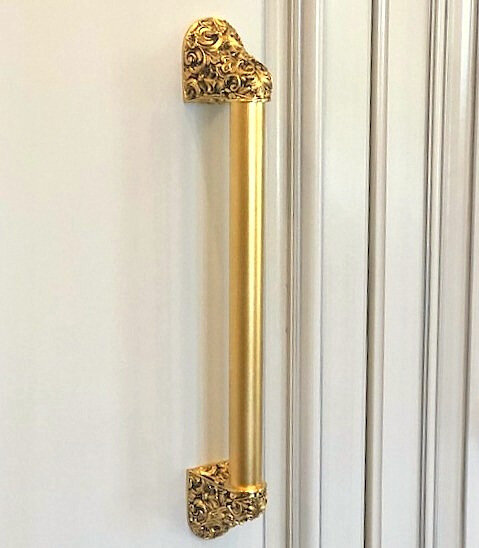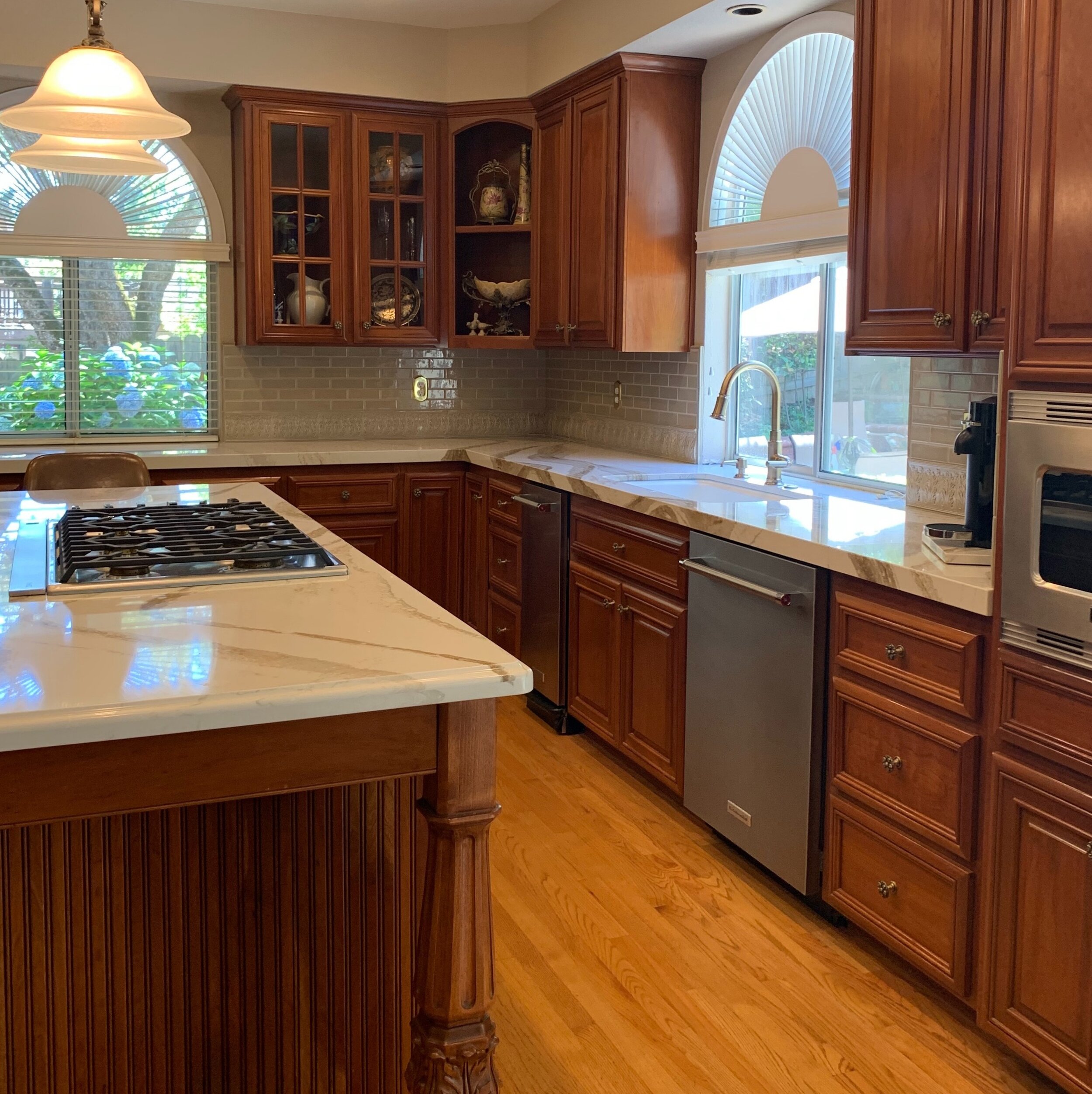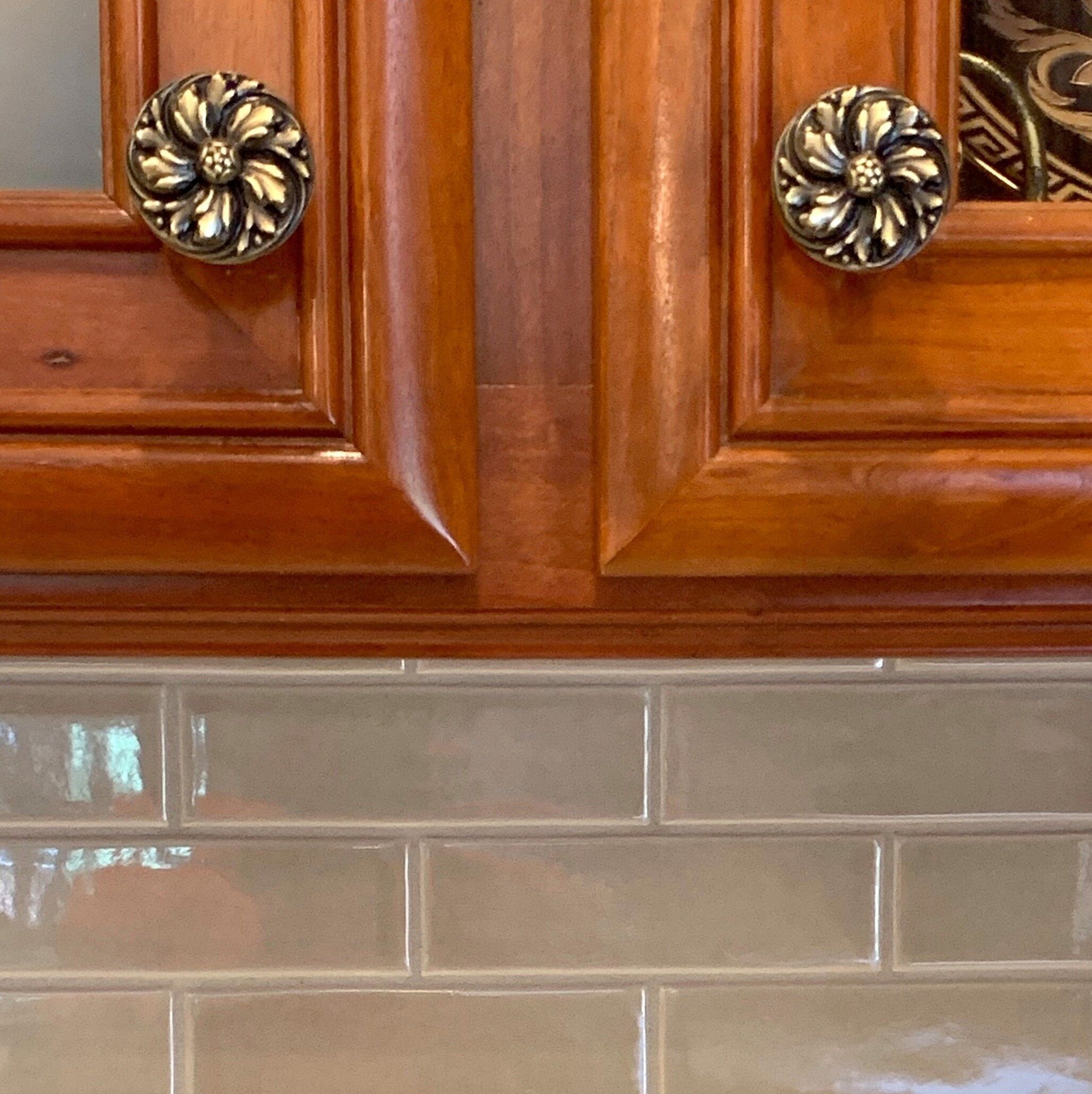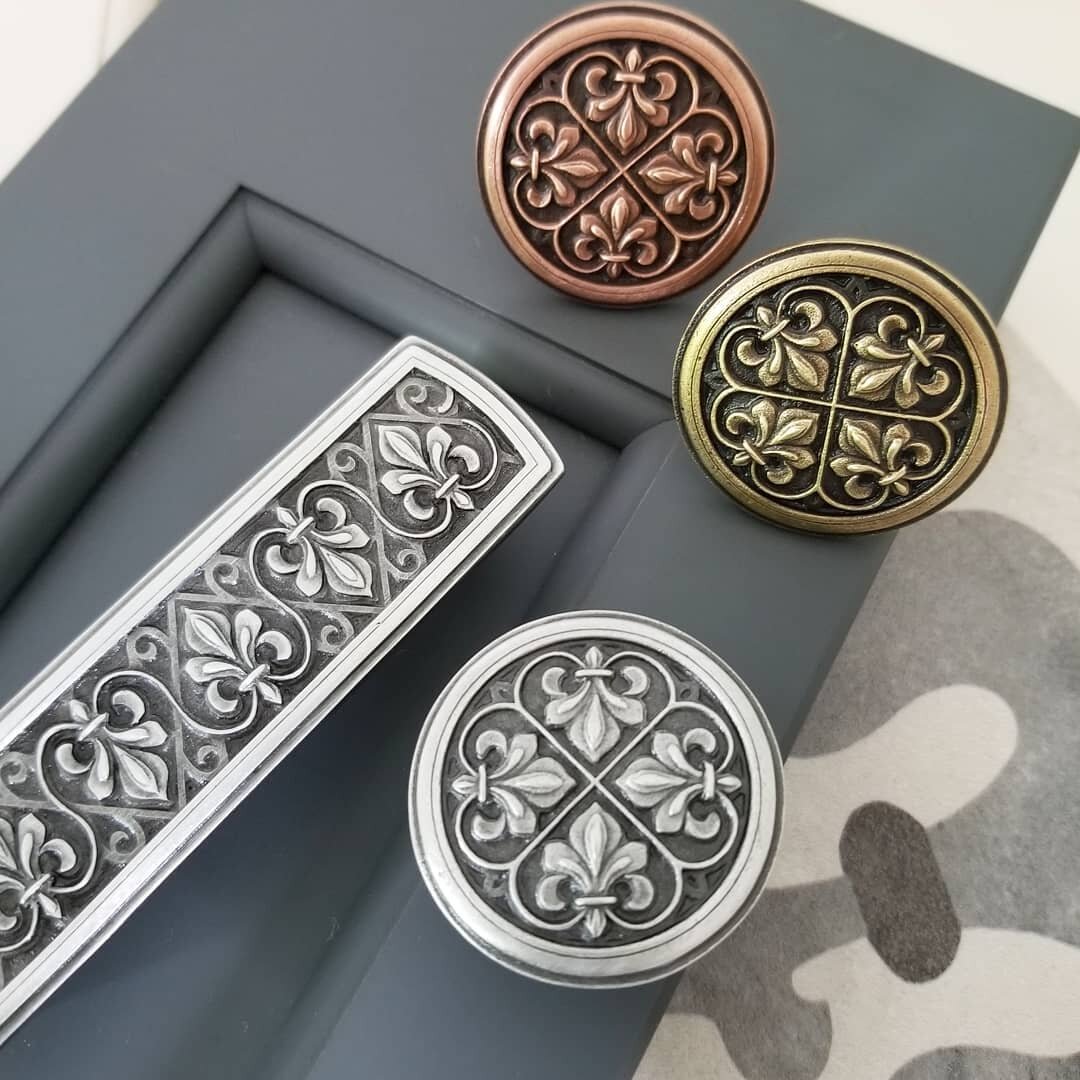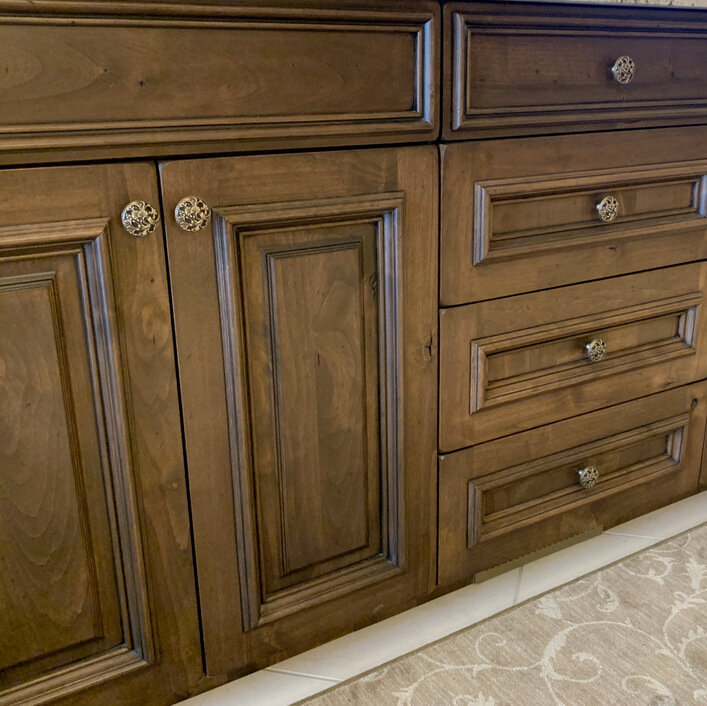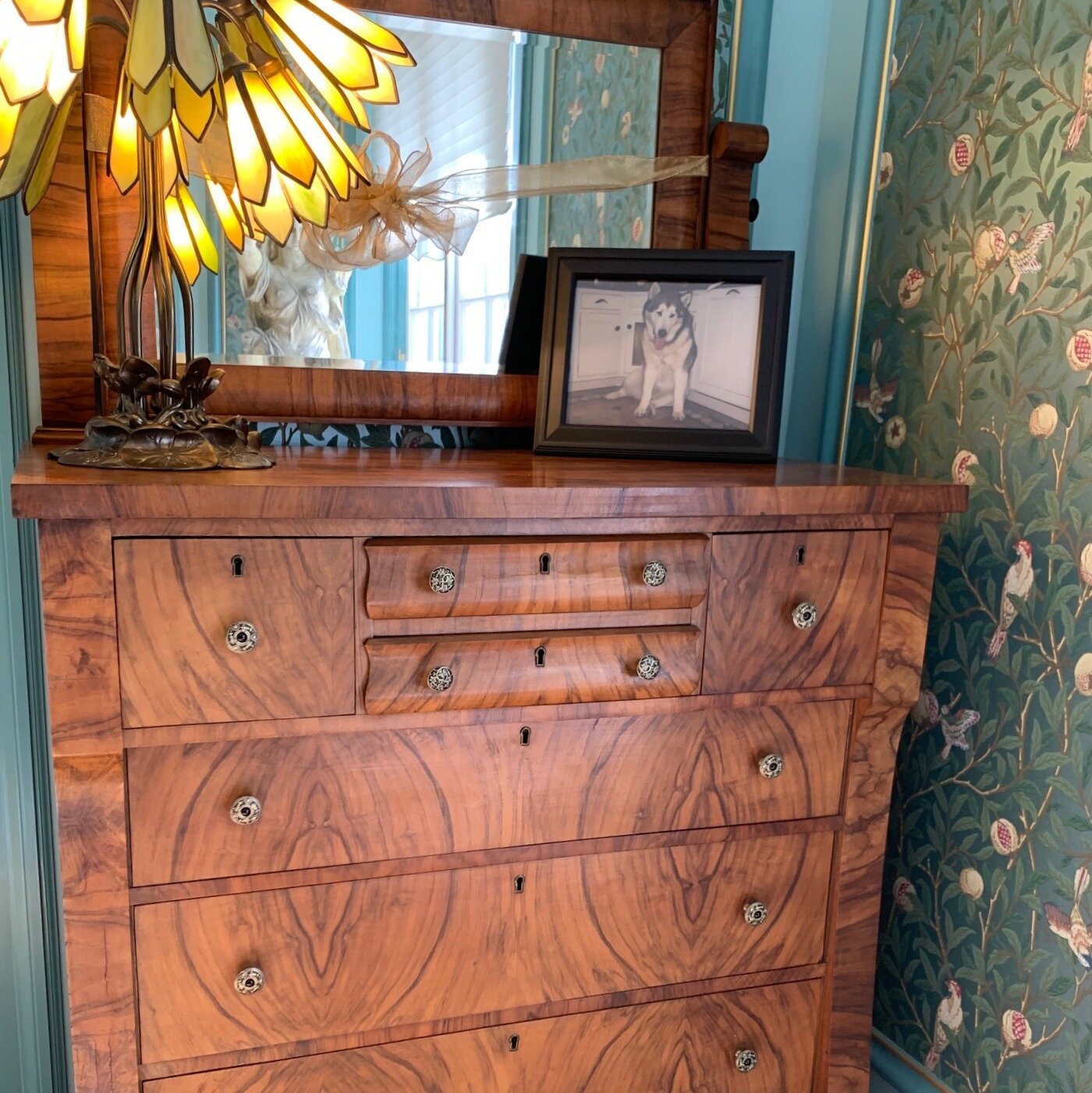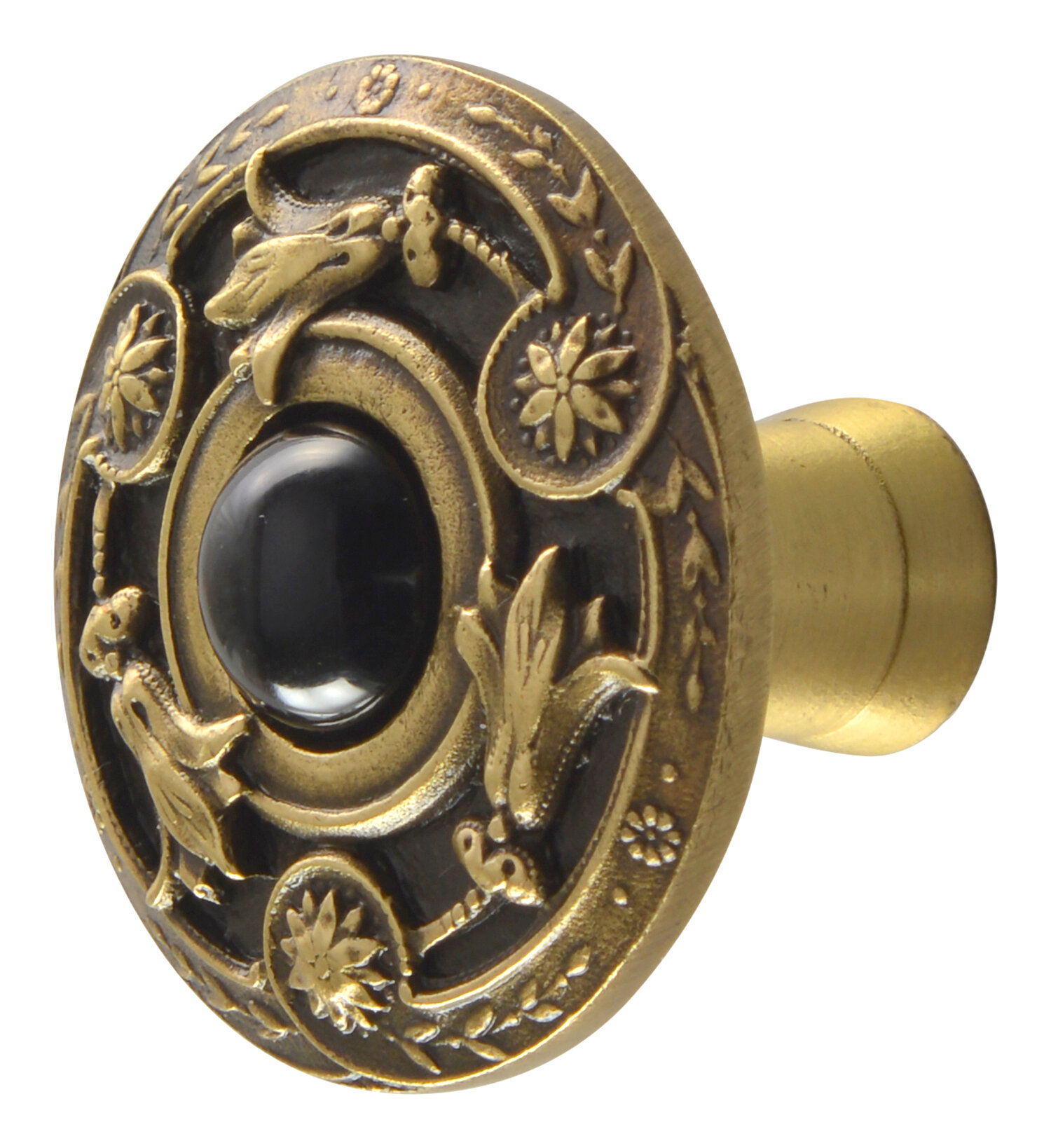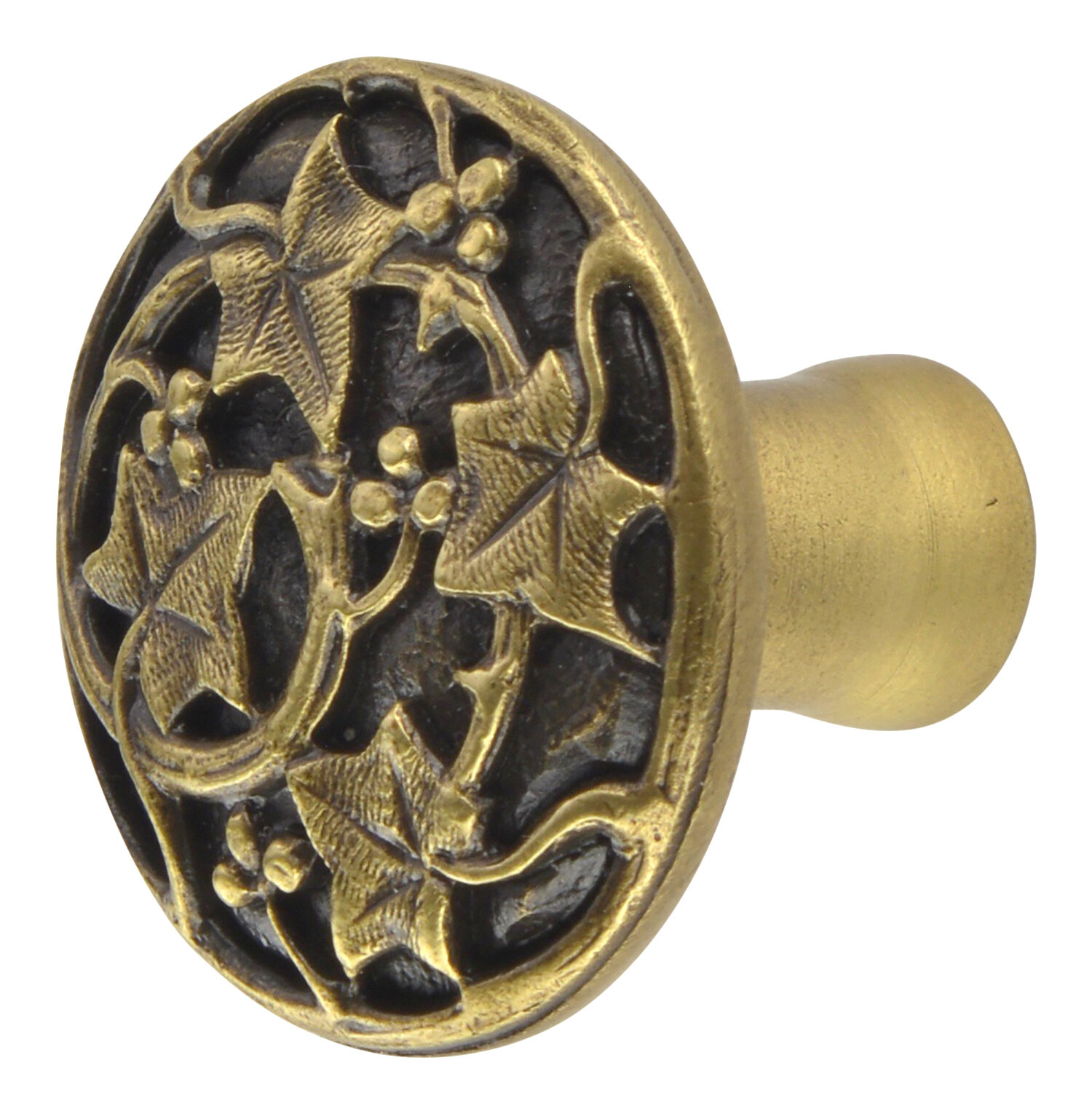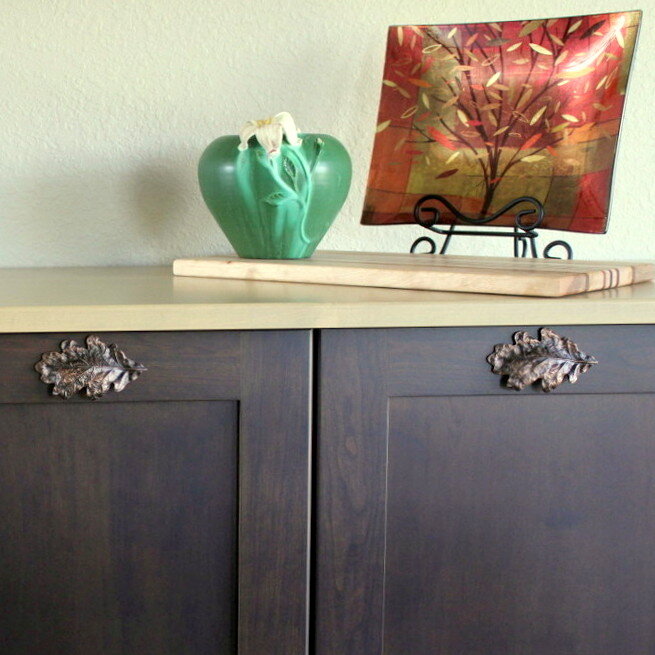Design Tips for Navigating Cabinet Hardware Selection
Whether you’re designing a new home from the ground up, undertaking a renovation, or just looking to refresh a room, choosing cabinet hardware can feel like a minor decision in the scope of all the design details. While it’s easy to overlook, it turns out your cabinet hardware can have a real impact on the overall effect of your space - and on your daily life - by pulling together other design elements or serving as a focal point. Your cabinet knobs and pulls are used every single day, so you want to select something you’ll love to look at and use each day.
Like any design choice, hardware selection is highly personal and unique to the aesthetic of a home or building, so we can’t tell you exactly which finish or style is perfect for you. Instead, we spoke to design professionals to get their take on navigating the hardware selection process and what they want clients to know about picking out cabinet hardware.
When should I pick out cabinet hardware?
As you navigate the many decisions of a home design project, it’s important to go in an order that allows for efficiency and if possible, a bit of flexibility. A contractor or interior designer can help you navigate the steps, but luckily there’s no one “perfect” time in the process to select your hardware. Ordering hardware 4-8 weeks before installation is a good rule of thumb to ensure you don’t get hit with rush fees or shipping delays.
You can start gathering ideas and inspiration for hardware right away, especially if a particular piece speaks to you and you’d like it to guide the rest of the design. Otherwise, hold onto those ideas and wait until you’ve started selecting cabinetry, countertops, and finishes.
For commercial projects, the hardware decision usually comes in the beginning of the process through collaboration between the architect and client.
“Especially with custom cabinets, once the cabinetry is built, then hardware samples are required. I like to find something that isn’t typical and work with luxury, custom, or high-end hardware because it brings out the best in the cabinetry.
Ordering several samples is ideal. Once clients see what a difference the hardware makes, they get excited and want ALL their hardware to be unique. Clients want to look at all their other rooms to see what additional hardware can be changed up as well!”
How do I choose cabinet hardware? Where do I start?
By the time you reach the hardware selection phase, you might be experiencing some decision fatigue and feel ready to settle for whatever cabinet hardware is “good enough.” This is when it’s great to be working with a professional designer who can help narrow your options or suggest hardware that complements the rest of the design. A few guidelines:
Consider whether you’d like your hardware to be a highlight of the space or simply blend it with the rest of the design. “The hardware can make a kitchen or bathroom really unique and create an element of whimsy or be sleek and contemporary, just by implementing hardware,” says Melissa Sargent of Martin and Company, NY.
Don’t worry about matching. “Hardware finishes nowadays don’t have to match the rest of the finishes in the kitchen,” advises Sargent. “An example of this is when a stainless steel kitchen faucet is used and the cabinet hardware and fixtures are satin gold.”
Don’t feel boxed into any one style or trend, and allow your personal style to shine. “It is something you look at and probably touch every day, so you should love it,” says Coleen Gerkhardt of The Finial. “There is not a ‘standard’ size or any rules when it comes to hardware - think outside of the box!”
“I have always referred to the hardware as being the ‘statement necklace with the classic little black dress’.”
While it can be tempting to follow trends or advice from others, the only rule when it comes to hardware is choosing something you love. “Don't solicit opinions from everyone under the sun,” Lane suggests. “People will say ‘My painter said I shouldn't get this or that’…how often is your painter going to be using your kitchen? What do you like? What makes you happy? When I see someone really struggling on deciding between a couple viable options I tell them ‘Nobody but you and I are ever going to know you had these other options in mind. And I'm not telling anyone!’”
What kind of lead time should I allow for hardware orders?
As with any design project, the earlier you can make decisions, the more likely you are to stay on track with your intended timeline. Keep in mind when your cabinets are being installed and when contractors will be ready to install hardware to avoid delays.
Lead times depend on the company and whether you’re ordering custom hardware or a stock finish. For custom hardware, allow 6-8 weeks for delivery. “Good things can take time. If you wait until the very last minute you will have fewer options,” notes Beth Fay Lane of Splash Designer Hardware.
“I always recommend ordering hardware at least 4-6 weeks before the job begins if possible. This timeframe should help correct any issues should they occur, such as backorders, design changes, product replacements, etc.”
What should I expect when visiting a hardware showroom?
Even if you’re not working with a designer, visit local hardware, custom cabinet, and home fixture showrooms to look at samples when possible to get a better sense of the scale, texture, and finish of a knob or pull.
To streamline the process of selecting and ordering, bring your floor plans, finish samples, and photos of design selections whenever possible. You can even bring a door from your cabinets to see what several designs look like on your exact cabinet. Design professionals at a showroom will help find options to match your style and budget and create a plan based on your layouts.
It can also be helpful to order samples so you can live with the hardware for a bit before making a final decision.
“...buying at a showroom helps save you the headaches. The showroom will check the product when it arrives. Broken? Bad finish? Proper items shipped? Threaded properly? Some websites will state an item is in stock, when in fact it is discontinued. The showroom knows what to avoid. Showroom professionals know which companies can deliver within your time frame.”
5 Tips for Choosing Cabinet Hardware
Visit a showroom. It’s the best way to see what your options look like in person, consult with design professionals who can help make your vision come to life, and ensure all the details are handled - from sizing to finish to ordering.
Find subtle ways to incorporate your personality. You may have a strong idea of your overall design scheme, but as Monique Del Valle of Waldner's Business Environments notes, “special hardware creates the unifying effect in a space.” Hardware is a great way to incorporate personality without overwhelming the room.
Splurge on the rooms you use most. If you’re budget-conscious but want the effect of high-end hardware, splurge on nice hardware in your most used spaces like kitchens, master bathrooms, and perhaps a powder room. Then fill in the blanks with simple, affordable options in other rooms as needed.
Choose something that sparks joy. Whether you consciously notice it or not, cabinet hardware is one of the most used parts of the home. Find something that speaks to your style and needs.
Have fun and enjoy the process! “It doesn't have to be an overwhelming process,” says Lane. “Just because there are a multitude of options doesn't mean those are all options for you. Often people remark while first walking through the showroom ‘How would you ever decide? This is so overwhelming.’ I always tell them we’re there to help. It's way easier than you think, and you can really relax and enjoy the process of choosing hardware. We take it from overwhelming to a pleasant process and that is very rewarding. It can be fun and relaxing.”
Special thanks to our partners who contributed to this post: Beth Fay Lane of Splash Designer Hardware in PA, Karla Trincanello of Interior Decisions in NJ, Coleen Gerkhardt of The Finial in WI, Melissa Sargent of Martin and Company in NY, Monique Del Valle of Waldner’s Business Environments in NY, and Patty Hatch of Texas Finial in TX.


